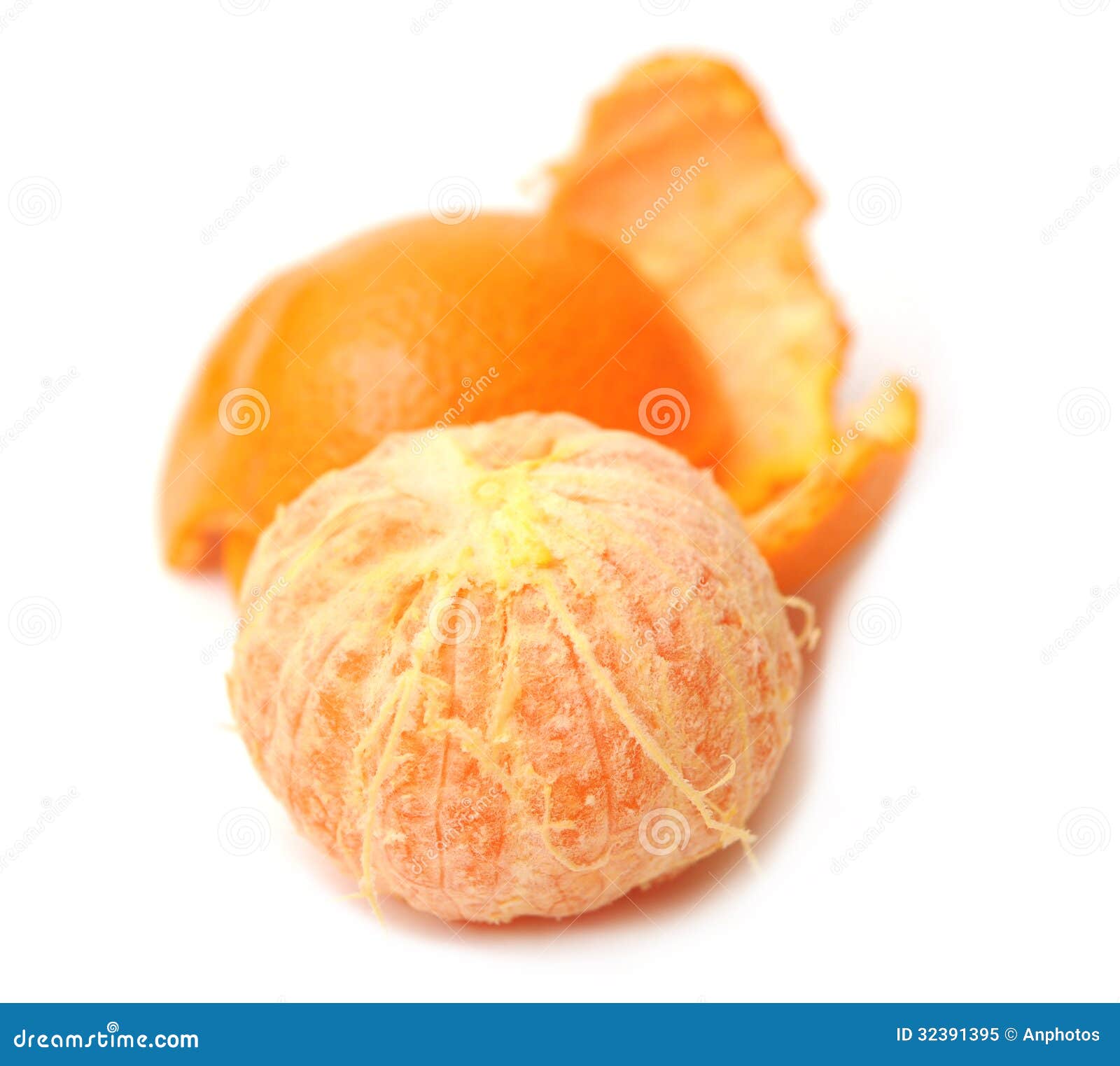
Thus, inhibition of CYP3A4 is presumably the underlying reason for the observed increase in the concentrations of the CYP3A4 substrate tacrolimus in the patient. Using an enzymatic activity assay, we demonstrated that at least in vitro CYP3A4 inhibition prevails for both grapefruit and clementine juice, whereas for CYP1A2 induction appears to predominate.

CYP3A4, raising the question which effect prevails in vivo. 156-fold and 34-fold induction of cytochrome P450 (CYP) 3A4 mRNA by grapefruit juice and clementine juice, respectively). All citrus juices profoundly induced several drug transporters and drug metabolising enzymes, whereas the effects of grapefruit juice were most pronounced (e.g. We observed substantially increased tacrolimus trough concentrations in a renal transplant patient consuming high clementine amounts and, thus, scrutinised the effects of clementine juice on drug metabolism and drug transporters in vitro and compared it to the effects of mandarin and grapefruit juice.

Similar issues have not been reported for clementines and available data is scarce, despite of genetic descent.

Adverse drug interactions due to grapefruit juice are well known prompting warnings even in drug labels.


 0 kommentar(er)
0 kommentar(er)
